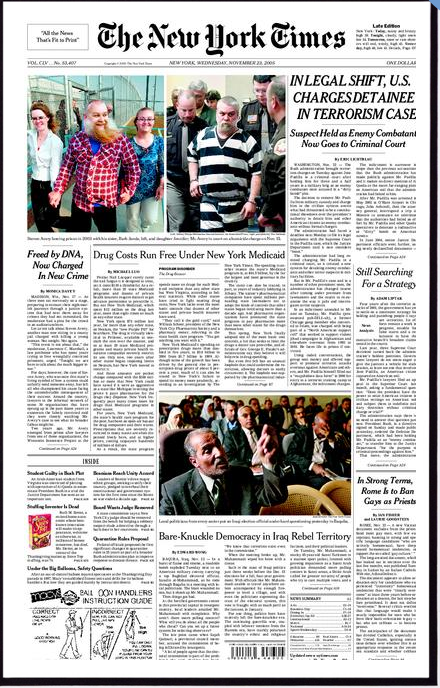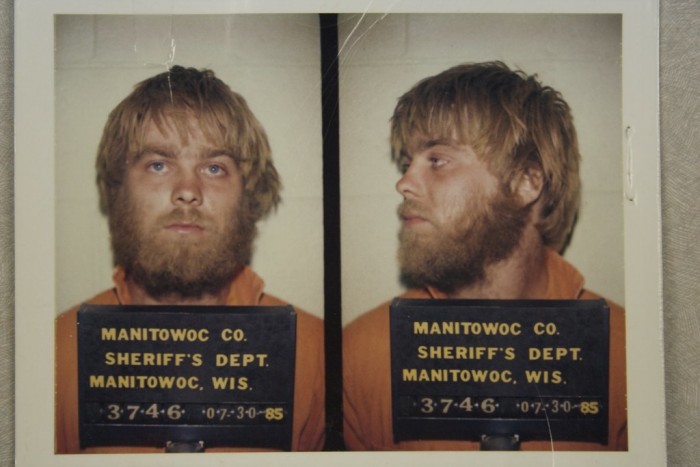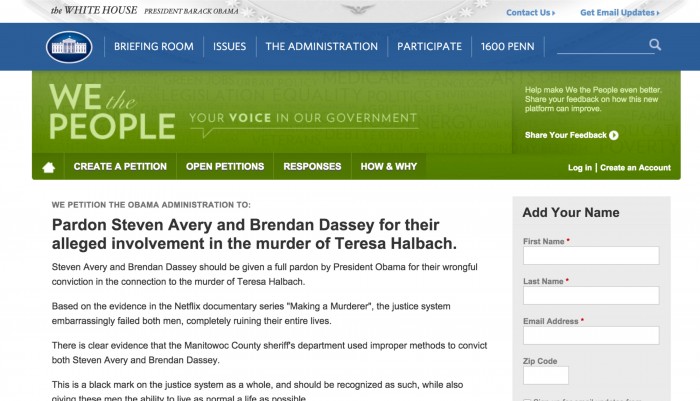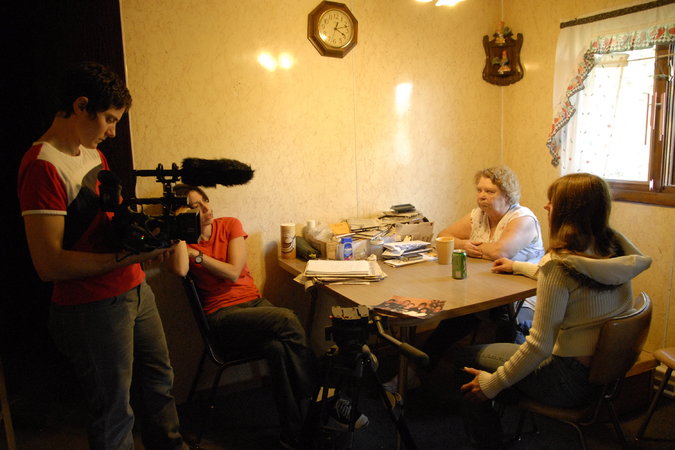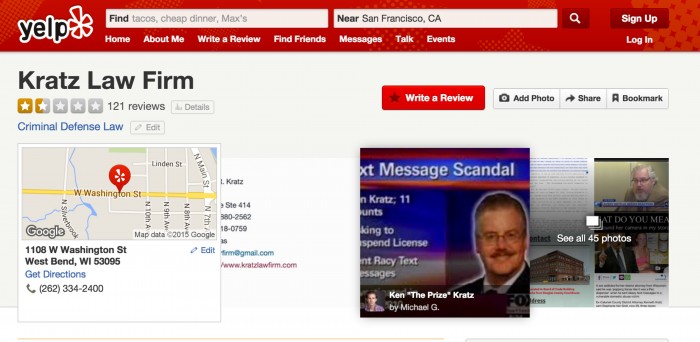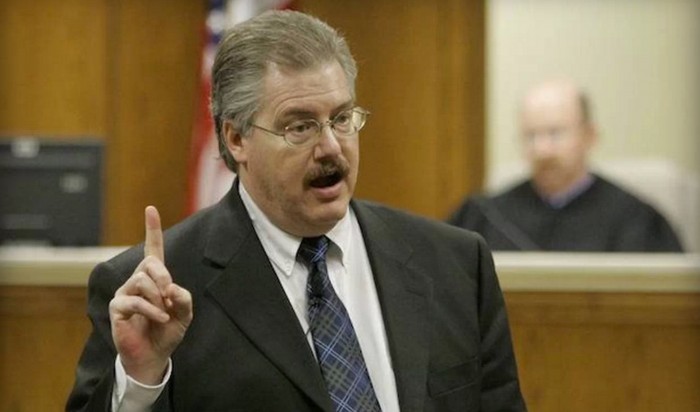Making A Murderer: Best Theories, Shocking Evidence, Possible Sequel And More
Yesterday I mentioned I recently got hooked on Netflix's new doc-series Making A Murderer. If you haven't yet checked it out, I urge you to do so, but don't read this post as it will explore spoilers from the real-life events presented in the show. It seems like I was not alone in getting sucked into this long-form documentary series, and there has been a lot of coverage on the web this week. I did a deep dive and wanted to highlight some of the articles and topical news since the release of the series. We look at the following:
All that and more, after the jump.
How Making A Murder Was Made
First up, Mashable gives us some insight into how the series was created, something I was wondering during the ten hours of gripping television. Filmmakers Moira Demos and Laura Ricciardi spent 10 years collecting over 700 hours of original footage (plus hundreds more hours of acquired footage) that would make the 10-part Netflix series, and started filming roughly from the time of the arrest through Avery's conviction.
The duo first came across the case while reading a front page New York Times article on Nov. 23, 2005, back when they were graduate students at Columbia University in New York. ... Following their Thanksgiving break in 2005, the duo found a car, packed a camera and trekked to the heart of America to cover Avery's preliminary hearing. They had a total of two cameras and five people (Demos, Ricciardi and three of her relatives who lived in nearby Chicago) helping out on that first day of filming on Dec. 6. "We basically stayed a week to test the waters and feel whether there was a story there," Demos said. ... the decision was made to drive back to New York and temporarily pack up their lives to follow the case. They purchased a car and moved to Wisconsin, thinking they would be there maybe six months. By February of 2006, after conducing several key interviews, the two were ready to go back to New York to work and save money before returning to cover the case in full. But then they got a call: A press conference was happening (yep — the one in Episode 3). They rushed over immediately. Sure enough, the news announced at the conference (no spoilers) changed everything. They went back to their apartment and once again unpacked their boxes. The case continued to get more complex.
The series was initially planned as a two-hour documentary but it quickly grew too big for the traditional film format. They began pitching it as a multi-part series to HBO, PBS and various networks but no one wanted to invest in two unknown filmmakers. They continued to work on the project and eventually pitched it to Netflix in 2013 with "rough cuts of first three episodes, sketches of the next two and a 20-page outline of entire series."
The New York Times adds that in the initial pitch to Netflix, Making A Murderer was initially conceived as an eight-episode series, but was later expanded to 10.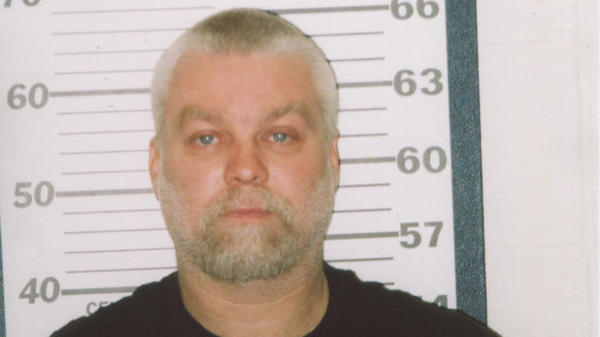
The Case Against Steven Avery From Evidence Not Presented In The TV Series
Former Wisconsin state prosecutor Ken Kratz has come out to speak with People Magazine following the release of Making A Murderer, claiming that the series intentionally left out some key pieces of evidence that supported the conviction of Steven Avery.
"You don't want to muddy up a perfectly good conspiracy movie with what actually happened," he said, "and certainly not provide the audience with the evidence the jury considered to reject that claim." ... "[Halbach's murder] was planned weeks ahead of time," Kratz said. "[Avery] asked for that same girl to be sent. He was ready for her."
Pajiba has an interesting read titled "Evidence 'Making a Murderer' Didn't Present in Steven Avery's Murder Case" which presents some evidence that isn't presented to us in the docu-series. For instance, the article claims the following:
In the months leading up to Halbach's disappearance, Avery had called Auto Trader several times and always specifically requested Halbach to come out and take the photos. Halbach had complained to her boss that she didn't want to go out to Avery's trailer anymore, because once when she came out, Avery was waiting for her wearing only a towel (this was excluded for being too inflammatory). Avery clearly had an obsession with Halbach. On the day that Halbach went missing, Avery had called her three times, twice from a *67 number to hide his identity. Teresa's camera and palm pilot were found in Avery's burn barrel.
Avery had purchased handcuffs and leg irons like the ones Dassey described holding Halbach only three weeks before (Avery said he's purchased them for use with his girlfriend, Jodi, with whom he'd had a tumultuous relationship — at one point, he was ordered by police to stay away from her for three days). The bullet with Halbach's DNA on it came from Avery's gun, which always hung above his bed.
In this phone conversation (transcript in link) with his mother (which is not entirely included in the docuseries), Brendan told his mother that he did it, that Steven made him do it, and that Steven had touched him (and others) inappropriately in the past.
Now I have not confirmed any of these claims to be true, I have only read the article presented by Pajiba. But its interesting some of this stuff that was supposedly left out to (very likely) help the filmmakers paint a narrative. Pajiba has a lot more including some transcriptions.
7 Theories About What Really Happened to Teresa Halbach
PopSugar presents a compilation of 7 theories of what might have really happened to Teresa Halbach.
The article presents these theories in much larger depth, so head over to PopSugar to dive in.
Hacker Group Claims They Will Release New Information That Proves Cops Planted Evidence
While the viewers of the series have taken to the internet to theorize about what really happened, the series has also apparently attracted the attention of notorious hacker group Anonymous. According to Business Insider, two individual accounts on Twitter that are believed to be owned by members of the hacker group have posted an image of Manitowoc County Sheriff's Department Sargent Andrew Colborn during the trial, alongside a claim from Anonymous that an evidence list and telephone records between Colborn and his presumed accomplice, Lieutenant James Lenk, will be released on Tuesday. See the two Tweets below:
Allegedly the evidence that Anonymous claims to have will prove that Colborn and Lenk had a hand in planting evidence in both the 1984 and 2005 cases against Avery. It would be interesting to see if such evidence is produced and if anything happens as a result of it.
Online Petitions Demand President Obama Free Steven Avery and Brendan Dassey
As for the injustice, tons of viewers of the series have taken to the internet to demand action. Petitions have popped up on both WhiteHouse.org and Change.org calling on President Obama to pardon Steven Avery and Brendan Dassey from their convictions for the murder of Teresa Halbach. The White House petition, which needs 100,000 signatures for Obama's administration to address it, only has 3,500 at this time. The petition on Change.org has attracted over 43,000 supporters, and will likely reach the 50,000 required by the site soon.
A Making A Murderer Sequel?
This certainly isn't the end of this story, and Making A Murderer filmmakers Moira Demos and Laura Ricciardi told Mashable they're still working on uncovering more.
"The original footage is still growing," Demos told Mashable in a phone interview Tuesday. "We are continuing to document the story. We still speak to Steven, we're still recording calls with him. In a way, we're still in production."
Of course, it took ten years to make this series, so I don't think we're in for a sequel any time soon. But if new evidence were to come out and Steven were to bring the case back to court, it seems like the filmmakers have not yet moved on.
Yelp Forced To Intervene After Prosecutor's Page Is Flooded With Negative Reviews
Viewers aren't just hopeful that justice can one day be found, but angry at some of the film's "villains." Former Wisconsin district attorney, whose questionable prosecution of Avery, now works as a criminal defense lawyer and his Yelp page has been bombarded with tons of negative reviews following the debut of Making a Murderer. As of Tuesday, the law firm held a 1.5-star rating based on 114 reviews.
Yelp has had to step in since the abundance of negative comments are unrelated to Kratz' current law firm. The company said in a statement that its content guidelines dictate that they must step in and delete any reviews that don't seem relevant to actual customer experience.
The Problem With Treating True Crime Villains Like Fictional Villains
The Verge has a great article titled "The problem with treating true crime villains like fictional villains". Here is an excerpt:
As with most fictional worlds with imminently despicable villains at their center, from Gotham to Westeros to the Wizarding World, it's much easier to direct your vitriol at the obvious spectacle of a bad guy than it is to look at the societal forces that have shaped them. Generations of inequality, apathetic bureaucracies, prejudice and wanton cruelty simmer underneath every story we tell, but it's harder to process such widespread phenomenon. We want to be able to spit at our bad guys in the face. In other words, Kratz is only a solitary villain in the American justice system — the system is the real villain. But the system doesn't have a Yelp page on which to post one's grievances. So instead of spilling your post-bingewatch rage in the same place you whine about your local pizza joint, why not make a donation to the Innocence Project?
What do you think? Was Kratz treated too much like a movie villain? What do you theorized really happened to Teresa Halbach? Should Steven Avery be released? Should they make a Making A Murderer sequel? Let us know in the comments below!

